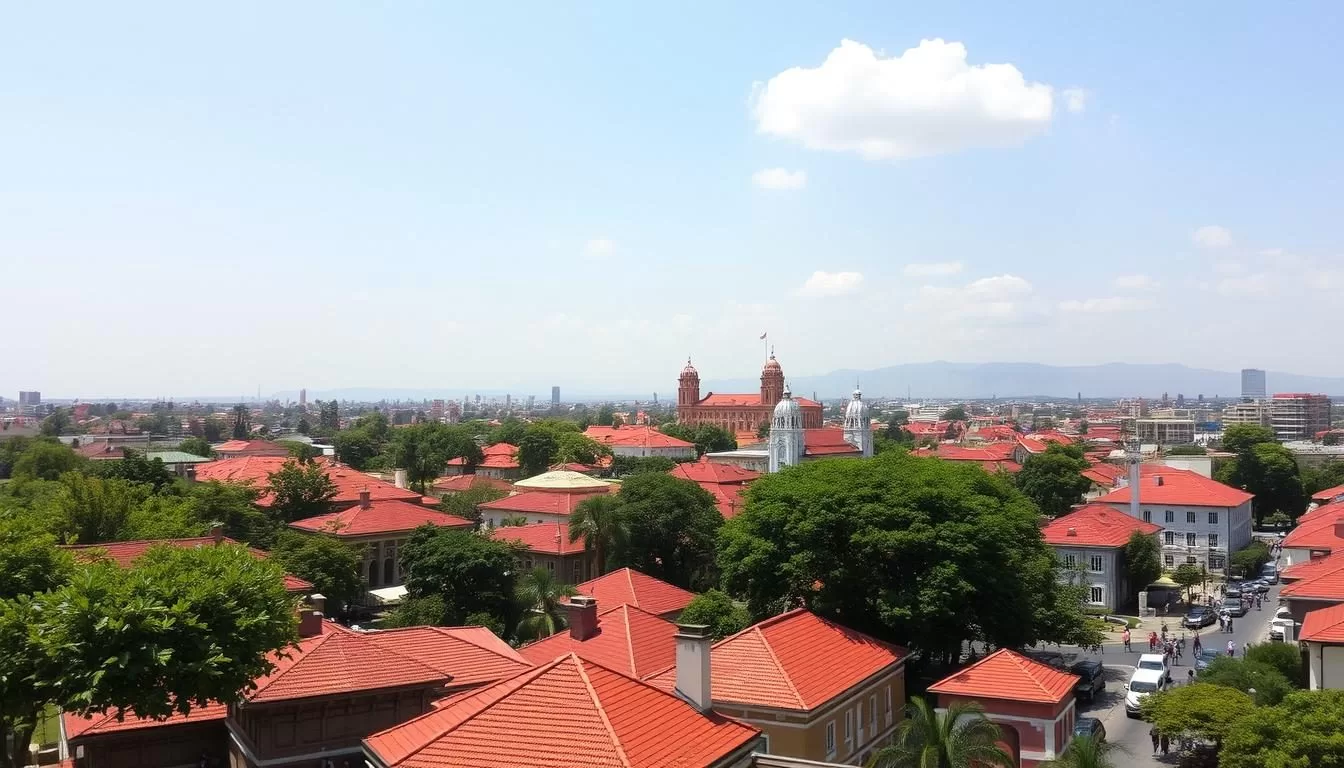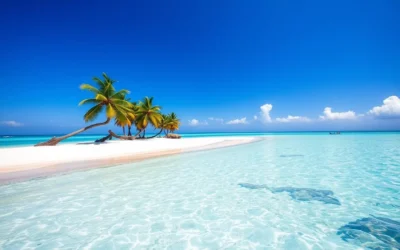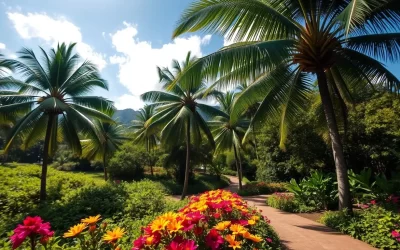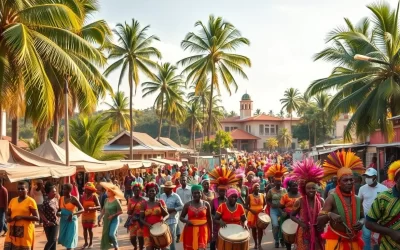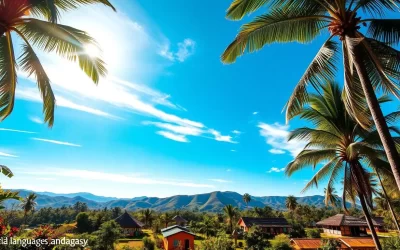Welcome to Antananarivo, the City of the Thousand, where traditional Malagasy culture meets modern influences, creating a unique atmosphere. As the capital city of Madagascar, Antananarivo is a gateway to exploring this extraordinary island nation, often referred to as “the Eighth Continent.”
This city is more than just a transit point; it’s a destination worth exploring, with numerous attractions and experiences that showcase its rich history and cultural heritage. As a cultural hub, Antananarivo serves as the perfect base for discovering Madagascar’s incredible wildlife and landscapes. In this article, we’ll explore the top experiences to enjoy in Antananarivo, from exploring royal palaces to visiting vibrant markets and taking in panoramic city views.
Whether you’re spending a few days in this fascinating city or using it as a starting point for a longer Madagascan adventure, this guide will help you make the most of your time in Antananarivo.
Discovering the City of a Thousand
As you step into Antananarivo, the vibrant capital of Madagascar, you are greeted by a city steeped in history and culture. The city’s unique blend of traditional and modern architecture is a testament to its rich heritage.
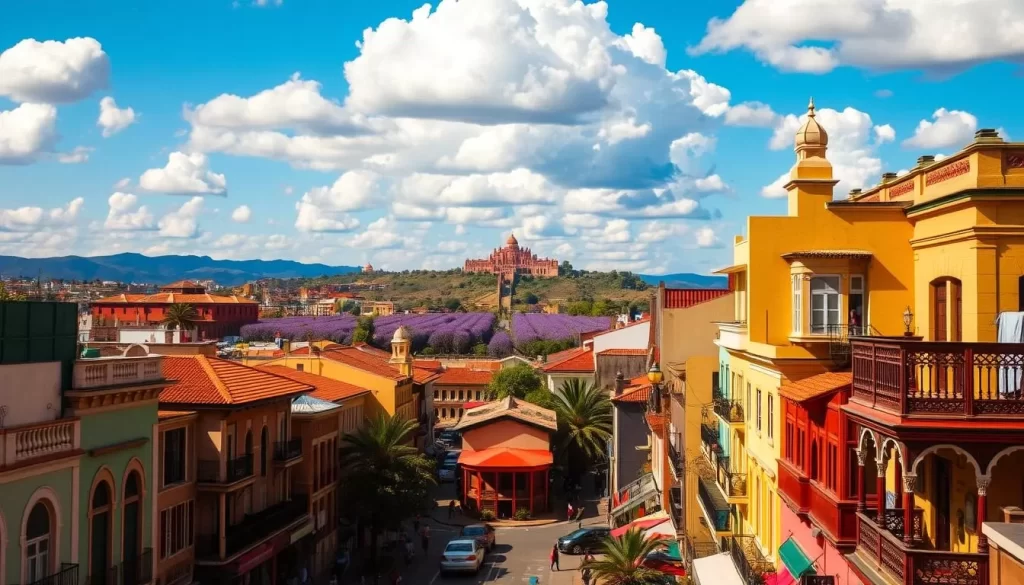
The Capital of Madagascar
Antananarivo, meaning “City of a Thousand”, refers to the thousand soldiers who protected the city during King Andrianjaka’s reign in the 17th century. Strategically located in Madagascar’s central highlands, surrounded by hills and rice paddies, Antananarivo has been the country‘s economic, political, and cultural hub. As the heart of Madagascar’s development and identity, the city continues to thrive.
A Brief History of Antananarivo
The history of Antananarivo is closely tied to the Merina Kingdom, founded in the 16th century by King Andrianjaka. The city was established as the capital in the early 17th century by Andrianjaka’s son, King Ralambo. Over time, Antananarivo evolved under French colonial rule and eventually became the capital of independent Madagascar. Today, the city is a living museum of the island‘s complex cultureal heritage, where ancient traditions coexist with modern urban life, making it an essential place to understand Madagascar’s broader context.
Visitors can explore the city’s architectural mix, reflecting its diverse influences. From traditional Malagasy buildings to French colonial structures and modern developments, Antananarivo’s landscape tells the story of its fascinating past.
Explore the Royal Heritage
As you wander through Antananarivo, you’ll discover the rich royal heritage that defines this vibrant city. The city’s historic palaces are a testament to its fascinating past, offering a glimpse into the lives of the Merina monarchy who ruled Madagascar from the 17th to 19th centuries.
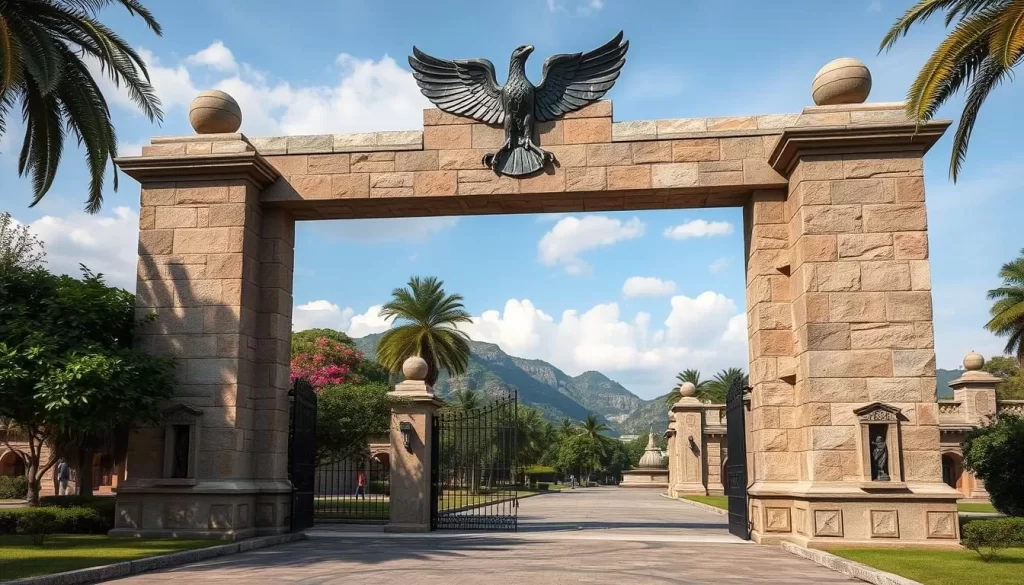
Rova Palace Complex
The Rova Palace Complex, also known as the Queen’s Palace, is one of Antananarivo’s most significant historical sites. Perched dramatically on the city’s highest hill, it offers commanding views of the surrounding area. This complex was the former seat of the Merina monarchy, making it central to understanding the city’s royal heritage.
The Rova Palace Complex boasts several architectural features, including its stone entry gate topped by a bronze eagle, royal tombs, and the reconstructed wooden palace with decorative towers. Although a devastating fire in 1995 damaged much of the complex, ongoing restoration efforts are allowing visitors to experience this important historical site today.
Andafiavaratra Palace
Nearby, the Andafiavaratra Palace served as the prime minister’s residence during the monarchy and now houses a collection of royal artifacts rescued from the Rova fire. Visitors can explore the palaces through a guided tour, gaining a deeper understanding of their historical significance and the stories behind the royal artifacts, crowns, and ceremonial items on display.
By visiting these palaces, you’ll have a unique experience to connect with Madagascar’s pre-colonial past and understand the sophisticated royal culture that developed independently on the island. As you explore the city, you’ll appreciate the rich history and the importance of preserving such sites for future generations, potentially even recognizing their value as a UNESCO World Heritage site.
Visit the Sacred Hill of Ambohimanga
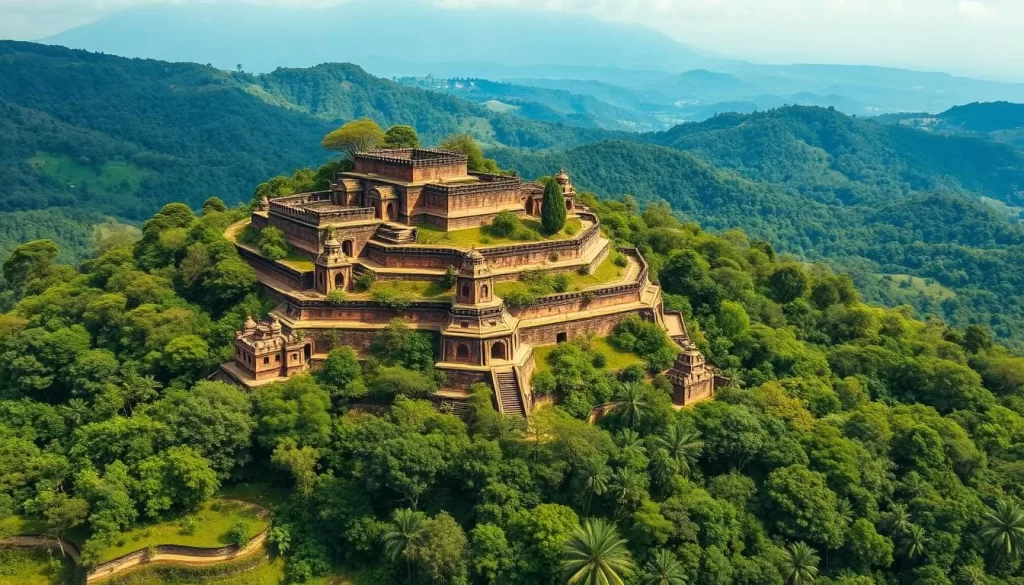
Learn More
Ambohimanga, a UNESCO World Heritage Site, embodies the spiritual heart of Madagascar. This sacred hill, located 24 kilometers northeast of Antananarivo, is a place where history and spirituality converge.
The UNESCO World Heritage Site
Ambohimanga is recognized for its cultural and historical significance, being a fortified hilltop settlement that served as a royal residence and spiritual center of the Merina Kingdom. After the reunification of the kingdom in the late 18th century, Ambohimanga became a pivotal place for royal rituals. The site is well-preserved, featuring a royal palace, defensive walls, and sacred forests that add to its sacred atmosphere.
The site’s designation as a UNESCO World Heritage Site acknowledges its importance as a cultural site that represents the history and traditions of Madagascar.
Cultural Significance and What to See
When you visit Ambohimanga, you are walking through a place deeply intertwined with the history and identity of the Malagasy people. The site contains tombs of the Vazimbas, considered the first inhabitants of Madagascar, which adds to its spiritual significance. To fully appreciate the site’s cultural practices and taboos, it’s highly recommended to hire a local guide for your tour.
Visiting Ambohimanga offers a unique insight into the spiritual and royal heritage of Madagascar, making it an unforgettable experience.
Encounter Madagascar’s Unique Wildlife
With approximately 90% of its wildlife found nowhere else on Earth, Madagascar is a haven for nature lovers, and the capital region is no exception. Even if you’re based in Antananarivo, you can easily experience the island’s incredible biodiversity without venturing too far from the city.
One of the best ways to encounter Madagascar’s unique wildlife is by visiting Lemurs’ Park, a nature reserve located just 22 kilometers southwest of Antananarivo. This conservation center is home to nine different species of lemurs, allowing you to observe these fascinating creatures in a semi-natural habitat.
Lemurs’ Park

At Lemurs’ Park, you can learn about the conservation efforts and educational programs in place to protect these endangered primates. The park is not only a haven for lemurs but also features over 70 species of endemic plants, showcasing Madagascar’s remarkable botanical diversity.
Visiting Lemurs’ Park in the morning is recommended, as this is when the animals are most active. Hiring a guide can also enhance your experience, providing valuable insights into the behaviors and conservation status of the various wildlife species.
Tsimbazaza Zoo and Botanical Garden
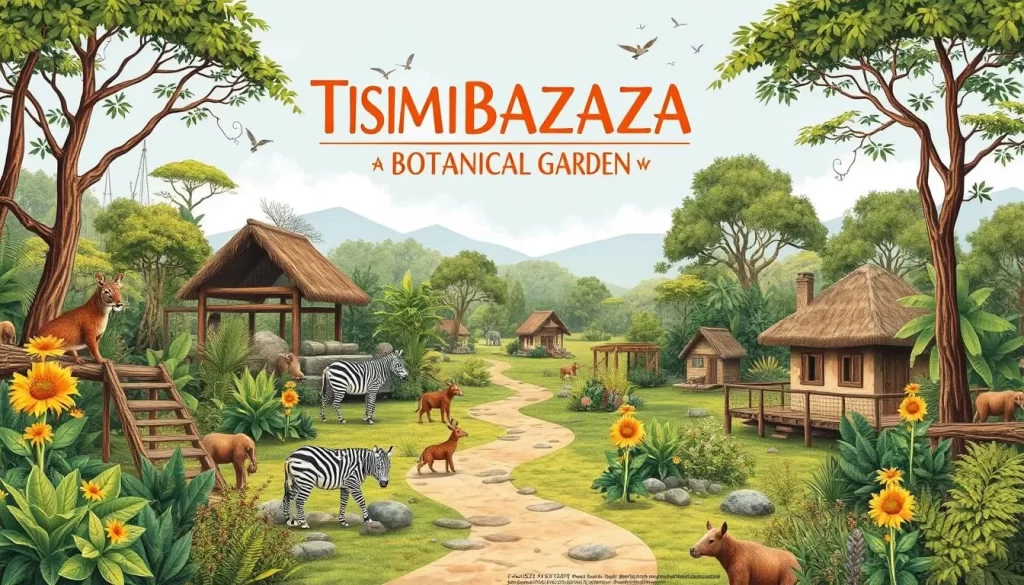
Another excellent destination for wildlife enthusiasts is the Tsimbazaza Zoo and Botanical Garden, located within Antananarivo. This botanical garden is home to a wide variety of native plants, including rare orchids and medicinal plants, while the zoo houses lemurs, reptiles, and other endemic animals.
The Tsimbazaza Zoo and Botanical Garden offers an educational experience, perfect for both families and nature lovers. By visiting these two destinations, you can gain a deeper understanding of Madagascar’s unique wildlife and the importance of conservation efforts.
Immerse Yourself in Local Culture
Immerse yourself in the vibrant culture of Madagascar’s capital city, where history and art come alive. Antananarivo offers multiple ways to engage with the island’s rich cultural heritage through its museums, galleries, and cultural centers.
The Musée de l’Art et de Archéologie is a treasure trove of artifacts that tell the story of Madagascar’s diverse cultural history. Within its walls, you’ll find exhibits containing artifacts from various archaeological digs across the island, including musical instruments, cooking implements, and grave decorations. To gain the most from your visit, consider hiring a knowledgeable guide who can provide context and deeper understanding of the exhibits and their significance in Malagasy culture.
The Museum’s Significance
The museum’s collections showcase the island’s unique cultural development, from archaeological finds to ethnographic collections. By exploring these exhibits, you’ll gain a deeper understanding of Madagascar’s history and cultural identity.
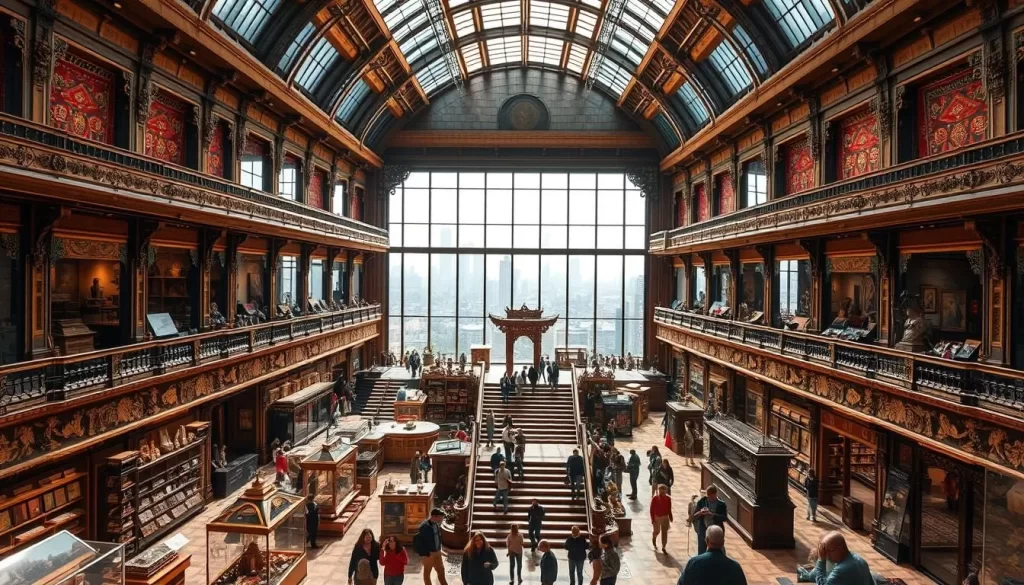
Contemporary Art Scene
Discover Antananarivo’s contemporary art scene at Is’Art Galerie, the city’s premier contemporary art space. Founded in 1999, the gallery serves as both an exhibition venue and creative workshop for local artists, showcasing the finest Malagasy painting, photography, sculpture, and design alongside foreign masterpieces.
In addition to the museum and gallery, the city is home to various cultural centers where you can experience traditional music, dance performances, and theatrical productions that bring Malagasy culture to life. Consider timing your visit to coincide with cultural festivals or events like the Festival of Urban Arts, which encourages collaboration between Malagasy and other African artists.
Shop at Vibrant Markets
The markets of Antananarivo offer a kaleidoscope of experiences, from local handicrafts to exotic street food. Shopping in these vibrant markets is an essential cultural experience, providing insights into local life while offering opportunities to purchase unique souvenirs and sample delicious street food.
Analakely Market
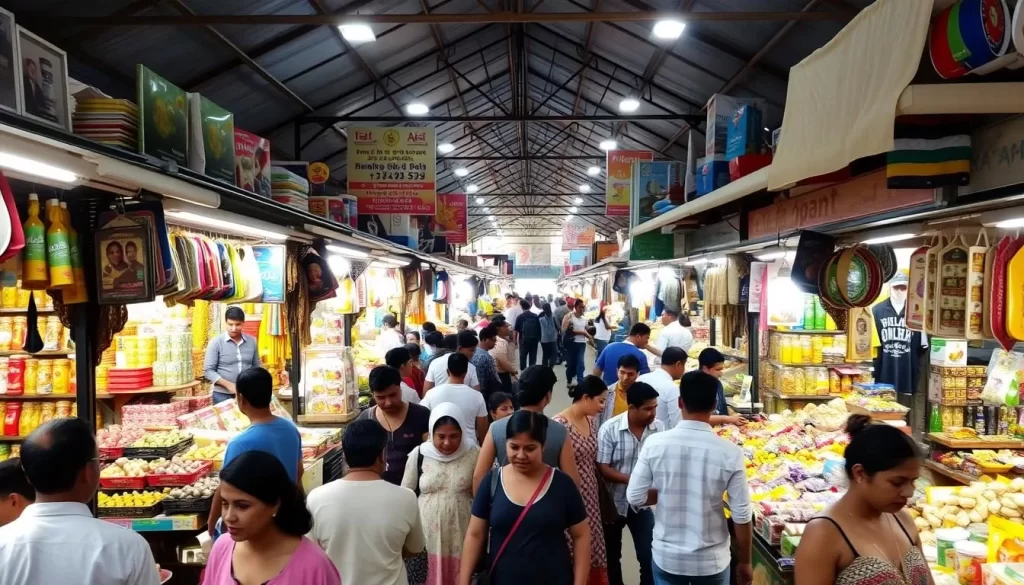
Analakely Market is the city’s main marketplace, a bustling destination where locals shop for everything from fresh produce to household items, clothing, and handicrafts. As you navigate through the crowded stalls, you’ll be surrounded by the sights, sounds, and smells of Madagascar. Be sure to mind your surroundings, as pickpockets are known to operate in the crowd.
The market offers a sensory experience, with colorful displays of exotic fruits, aromatic spices, and vendors calling out their wares in a mix of Malagasy and French. Haggling is expected, so be prepared to negotiate prices. Visiting early in the day can help you avoid the crowds and make the most of your shopping experience.
La Digue Market for Souvenirs
For souvenir shopping, La Digue Market is the premier destination. Located on the road to Ivato International Airport, it features hundreds of stalls selling artisanal crafts from across Madagascar. You’ll find unique items such as intricate wood carvings, embroidered textiles, raffia baskets, vanilla products, and gemstones that Madagascar is known for.
At La Digue Market, haggling is not only expected but is considered part of the social interaction. Final prices often differ significantly from those initially quoted, so be prepared to negotiate. It’s recommended to bring cash in the local currency, as credit cards are rarely accepted.
Antananario, Madagascar: Best Things to Do for Food Lovers
As you explore Antananarivo, you’ll uncover the rich flavors and aromas of Malagasy cuisine, a true reflection of the island’s history and culture. The city’s culinary scene is a unique blend of influences from Southeast Asia, Africa, the Middle East, and Europe, making it a fascinating destination for food enthusiasts.
Traditional Malagasy Cuisine
At the heart of Malagasy cuisine is rice (vary), the staple food, accompanied by laoka (side dishes) that may include zebu meat, seafood, vegetables, and aromatic herbs and spices. Signature traditional dishes to try include romazava (a hearty meat and greens stew), ravitoto (pork with cassava leaves), and koba (a sweet dessert made with ground peanuts, rice flour, and banana).
Rice is more than just a staple in Malagasy culture; it’s a central part of daily life, with the average person consuming more rice annually than in any other country in the world. Different varieties are prepared and served in various ways, adding to the richness of the cuisine.
Top Restaurants and Dining Experiences
For an authentic Malagasy dining experience, head to Ville Vanille, housed in an old colonial villa in the Antanimena neighborhood. This architectural jewel serves dishes heavily inspired by the island’s famous vanilla crop, with specialties like vanilla soufflé and vanilla duck. In the evenings, enjoy live music from the Indian Ocean islands while you dine.
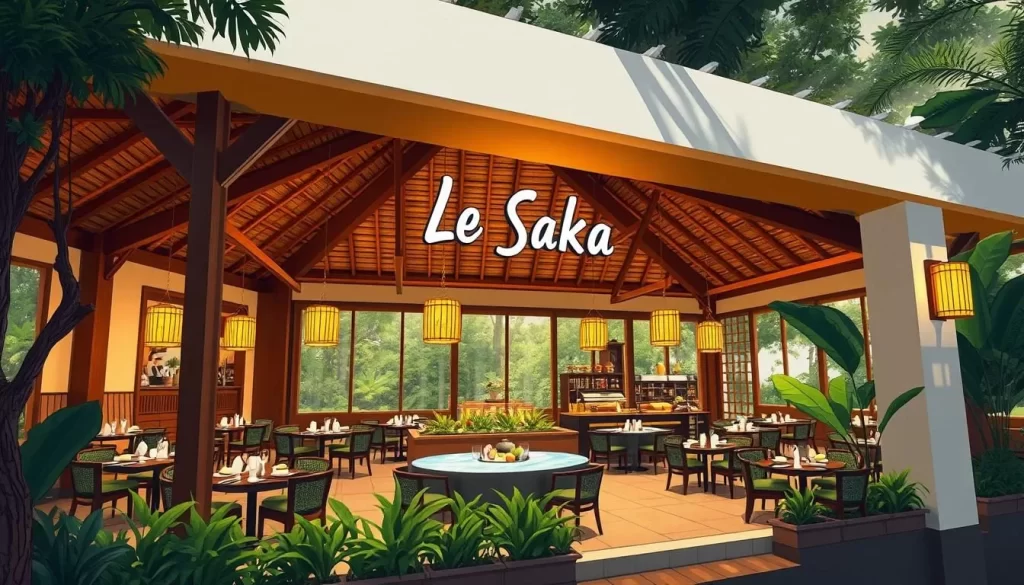
For a more upscale dining experience, visit Le Saka at Hotel Sakamanga, the top-rated hotel in Antananarivo. Le Saka specializes in fine French cuisine with a distinctly Malagasy twist, featuring dishes like lobster and oysters from Fort Dauphin and Antalaha vanilla chicken. The stylish decor, complete with wood-paneled floors and black-and-white framed photographs, complements the sophisticated menu.
Don’t miss the opportunity to try street food and casual eateries, where you can sample local favorites like mofo gasy (Malagasy pancakes), koba akondro (sweet banana treats), and brochettes (grilled meat skewers). Madagascar’s famous vanilla, pepper, and other spices play a significant role in local cuisine, and you can take home food-related souvenirs like vanilla pods or rare pink peppercorns.
Enjoy Panoramic City Views
Antananarivo’s landscape is characterized by 12 sacred hills, providing a multitude of vantage points for panoramic views. The city’s unique topography makes it an ideal place for visitors to explore and enjoy its natural and historical beauty.
Haute Ville Viewpoints
The Haute Ville (Upper Town) area is the historic heart of Antananarivo and offers the best vantage points for breathtaking views. As you wander through its winding streets, you’ll come across several excellent viewpoints near the Rova palace complex. These viewpoints are particularly stunning at sunset when the city’s red-clay buildings glow in the warm light, making for great photo opportunities.
Some of the most impressive vistas can be enjoyed from viewpoints that look out over the urban landscape and surrounding countryside. These elevated areas not only provide spectacular views but also help visitors understand the city’s layout and historical development across the hills and valleys.
Lac Anosy and Surrounding Areas
Lac Anosy is one of Antananarivo’s most picturesque destinations, known for its heart-shaped design and the iconic War Memorial standing on a small island in the center. The lake is surrounded by jacaranda trees that bloom into a stunning purple canopy in October and November, creating one of the city’s most photographed scenes.
| Location | Best Time to Visit | Notable Features |
|---|---|---|
| Haute Ville Viewpoints | Sunset | Panoramic views of the city, Rova palace complex |
| Lac Anosy | October-November | Jacaranda trees in bloom, War Memorial |
To safely enjoy these views, consider visiting during the day or taking a guided tour that includes the best viewpoints. You can also relax and enjoy the views while sampling local cuisine or drinks at one of the many restaurants or cafes with panoramic terraces.
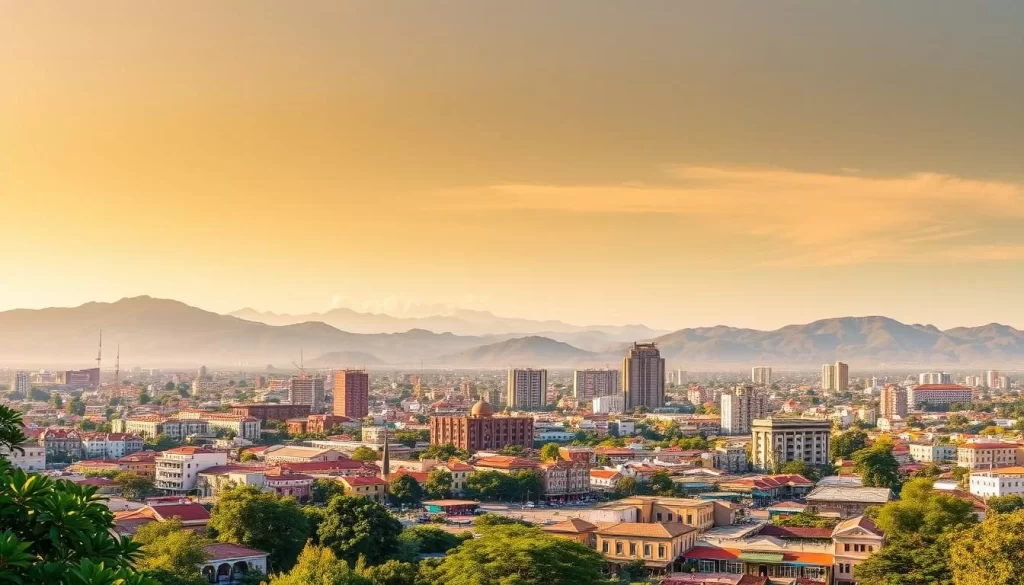
Take Day Trips from the Capital
As you explore Antananarivo, you’ll discover that its central location makes it an ideal base for day trips to some of Madagascar’s most spectacular natural attractions. The city’s proximity to diverse landscapes and ecosystems allows you to experience the best of Madagascar’s nature and wildlife without extensive travel.
Andasibe-Mantadia National Park
Located about a 3.5-hour drive from Antananarivo, Andasibe-Mantadia National Park is a premier wildlife destination, renowned for its lush rainforests and diverse fauna. The park is home to 14 species of lemurs, including the critically endangered indri, the largest living lemur species. Visitors can enjoy guided morning walks through the forest, where the indri’s haunting calls echo through the canopy, creating an unforgettable wildlife encounter.
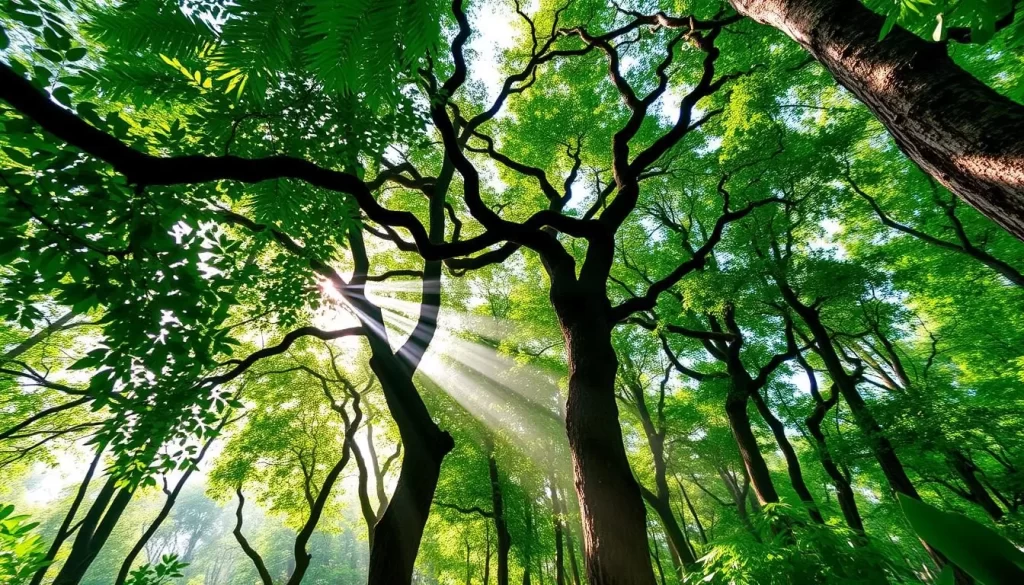
Beyond lemurs, the park is a haven for endemic mammals, reptiles, amphibians, and birds. The forest is also dotted with over 100 species of orchids that bloom between September and January, adding to the park’s natural beauty.
Ampefy and the Volcanic Landscapes
For a contrasting experience, consider visiting Ampefy, a highland village located about 2.5 hours west of Antananarivo. Ampefy is characterized by its stunning volcanic landscapes, crater lakes, and impressive waterfalls, including The Geyser and the Falls of the Lily. This destination is perfect for hikers and those looking to explore Madagascar’s diverse nature.
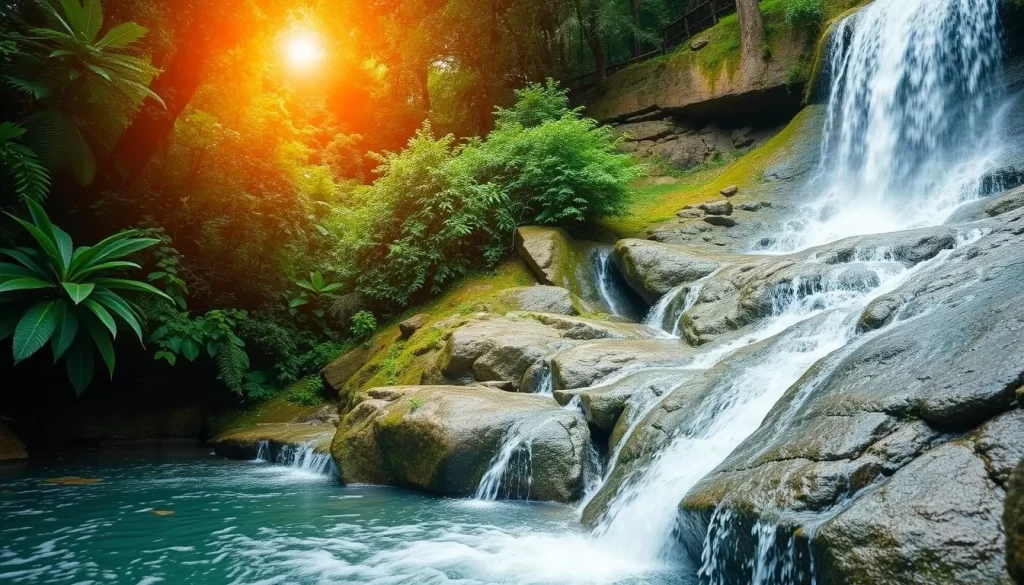
Visitors can explore Ampefy independently or as part of a guided tour. The village offers several rustic lodges and restaurants, making it an ideal base for those looking to immerse themselves in the local environment.
Whether you choose to visit Andasibe-Mantadia National Park or explore the volcanic landscapes of Ampefy, these day trips offer a unique opportunity to experience Madagascar’s incredible natural diversity. With various tour operators and transportation options available, you can easily plan your excursion to make the most of your stay in Antananarivo.
Best Time to Visit and Practical Tips
To make the most of your travel experience in Antananarivo, understanding the local climate is crucial. Madagascar’s climate varies significantly throughout the year, affecting the best time for visitors to explore the city and its surroundings.
Weather and Seasons
The best time for planning a visit to Antananarivo is during the dry season, from April to October, when rainfall is minimal and temperatures are pleasant. September to November is particularly ideal, with jacaranda trees in bloom around Lac Anosy and comfortable temperatures for exploring the hilly city on foot.
- The dry season offers pleasant temperatures, making it ideal for sightseeing.
- Bird-watching is best from September to December, while reptiles and amphibians are most active from December to March.
- The rainy season, from November to March, can cause flooding and make some roads impassable.
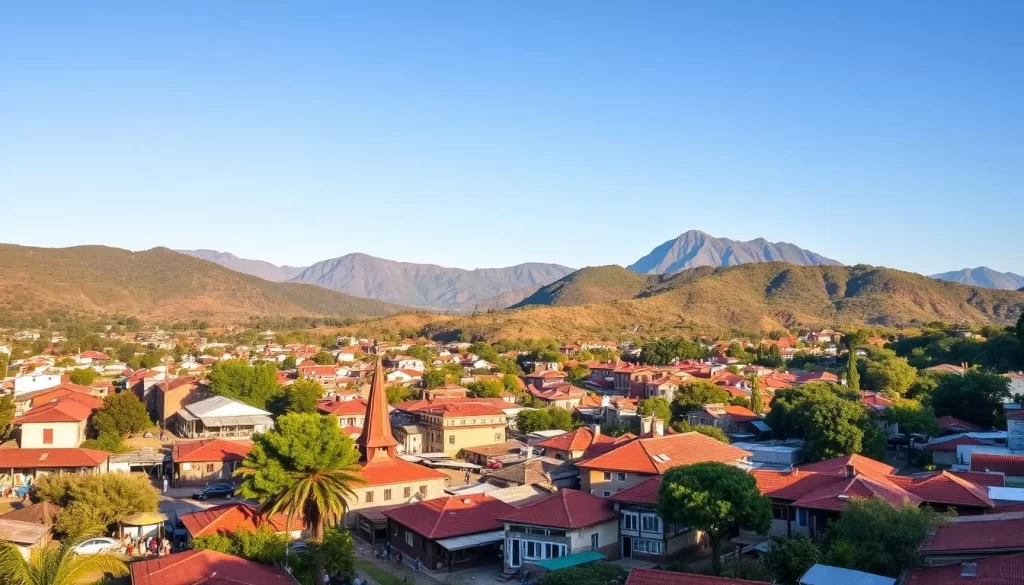
Safety and Transportation Tips
When visiting Antananarivo, it’s essential to take necessary safety precautions and plan your transportation. Use official taxis or pre-arranged transportation, and avoid certain areas, especially after dark. Be mindful of your valuables and consider using a money belt.
- Use official taxis or pre-arranged transportation for safety.
- Avoid certain areas, especially after dark, to minimize risks.
- Negotiate taxi fares before you start your journey, and plan your travel time in the often congested city.
Additionally, don’t forget to take health and comfort precautions, such as sun protection, hydration, and altitude adjustment, as the city sits at 1,280 meters. Consider recommended vaccinations or medications before travel, and be prepared with appropriate clothing for both the climate and cultural sensitivity.
Conclusion: Making the Most of Your Visit to Antananarivo
As you explore Antananarivo, you’ll discover a city that perfectly encapsulates Madagascar’s unique blend of cultures, history, and natural wonders. This destination offers visitors a perfect introduction to the island‘s fascinating contrasts, from ancient and modern to African and Asian influences.
By combining city exploration with day trips to nearby attractions, you can make the most of your trip and have a rich and authentic experience in this unique place. Embracing the challenges that come with visiting Madagascar will be rewarding, as you’ll create lifelong memories in this extraordinary destination for visitors.
The above is subject to change.
Check back often to TRAVEL.COM for the latest travel tips and deals.
